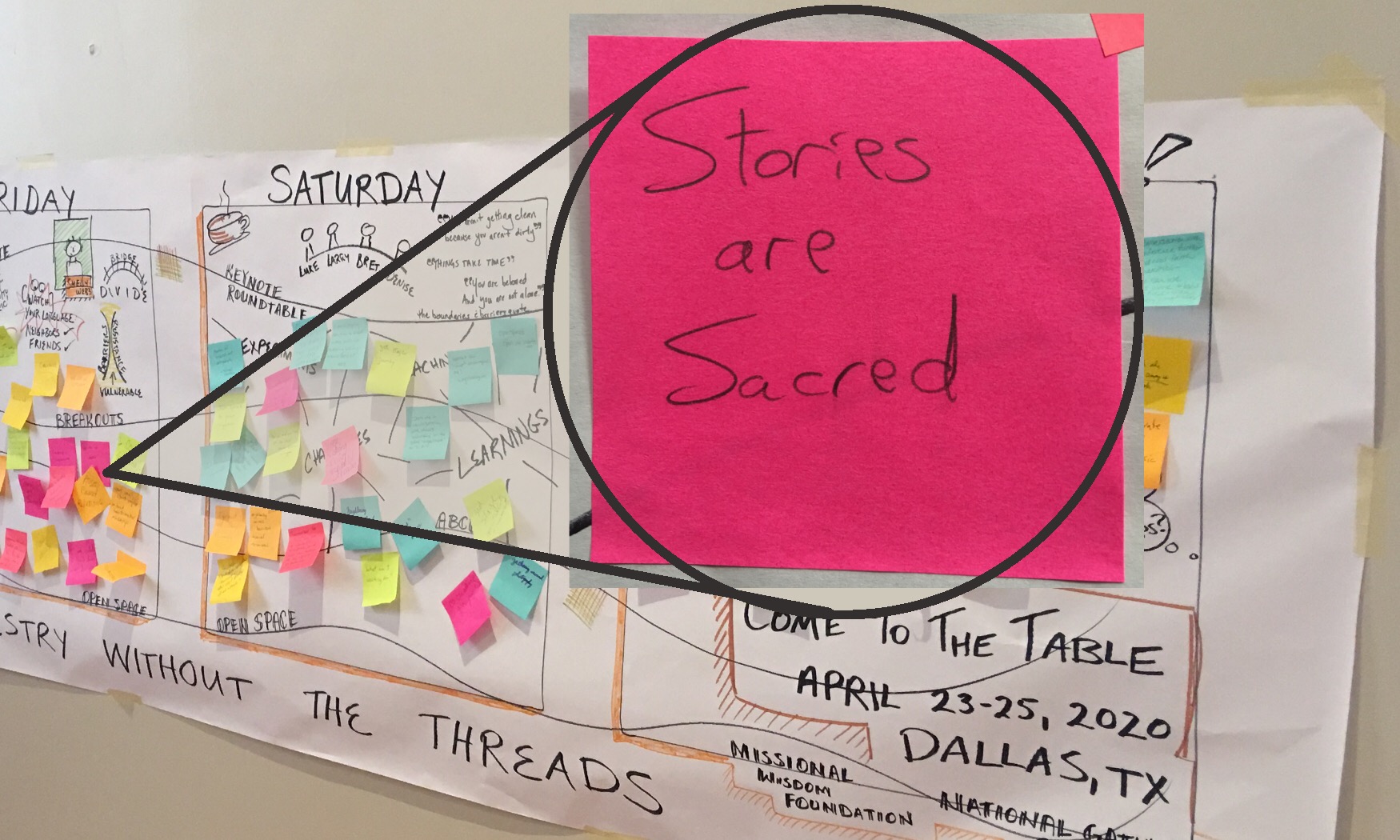National Gathering 2019 Breakouts
By: Todd Porter
Empathy and Story Exchange
Everybody thinks empathy is a good thing, right? Most of us face a challenge, though. We think empathy is a good thing. We want to practice it, especially with those who are closest to us, but find ourselves at a loss in those moments when it doesn’t happen spontaneously.
In the absence of the well of empathy suddenly and spontaneously erupting on its own, we fall back on habitual responses to pain: diagnosing, prescribing, advising, correcting—all the "-ings" that we say more to make ourselves feel better than to actually bring healing and wholeness to a loved one who is suffering. What’s worse is that rather than alleviating the suffering, these habitual responses often compound the suffering with shame or guilt.
It turns out, though, that practicing empathy, the connecting of one human heart to another, is a skill we can learn. We spent some time at this year’s National Gathering exploring a rich resource for building empathy muscle in a breakout session we dubbed, “the empathy circle.” In that session we shared a brief overview of Marshall Rosenberg’s book, Nonviolent Communication: a language of life. This approach to extending empathy begins with separating observation and judgement. We applied this through a reflective listening exercise in which one person told a story to their partner, who simply repeated back what they heard. This listening technique helps us set aside our own responses to what’s being said and helps us be present to what our partner is expressing.
In the second round, we told the same stories, but this time the person listening reflected the emotions they were hearing, and asked follow up questions about the needs their partner might have been trying to meet in the context of the story. Recognizing emotions is the second component of Nonviolent Communication, while discovering the met and unmet needs that give rise to those emotions is the third component. Listening in this way is an exercise in curiosity about the person speaking and their inner life.
We didn’t even get to the final component, which is making requests that bring life. It was a lot of ground to cover in less than an hour to explain the components and practice them briefly. The purpose of that approach, though, was to provide an experience of both giving and receiving empathy that might spark enough curiosity to dig deeper through follow up conversations. If you’d like to have one of those conversations, contact Todd Porter via email at Todd.Porter@KairosCollaborative.org.



